Neighborly
An app that impacts homelessness in your neighborhood by serving as a platform for finding volunteer opportunities.
ROLE & DURATION
IA, User Flows, Wireframing,
Prototyping & Testing
Nov 5, 2016
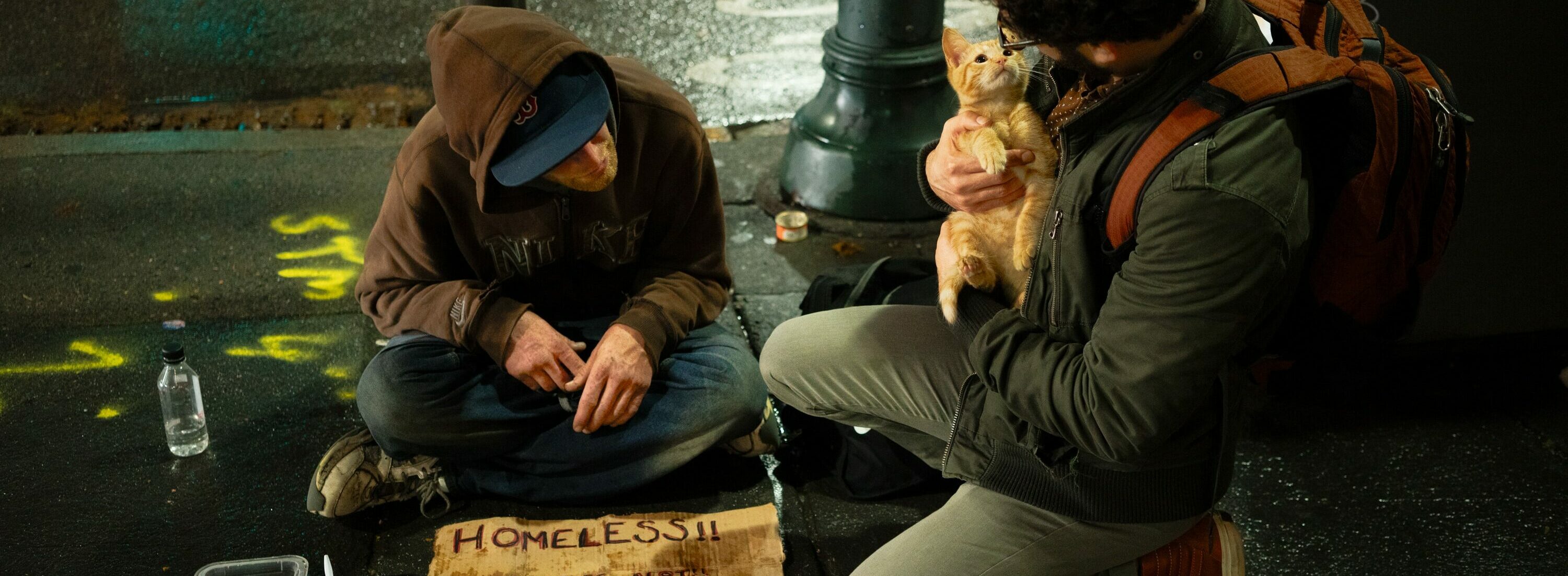
The Beginning: Hacking the Homelessness Epidemic
In November 2016, I joined a Hackathon hosted by WeShelter and General Assembly which allowed me to team up with three amazing fellows – Bill Masur, Joseph Teblum, and Christina Olinyk. WeShelter’s mission is to give everyone a chance to join the cause of ending homelessness through mobile technology.
The aim of the Hackathon was to prototype a solution for some aspect of homelessness i.e., fundraising, raising awareness, coordinating volunteers for food drives, or improving any aspect of the current WeShelter app.
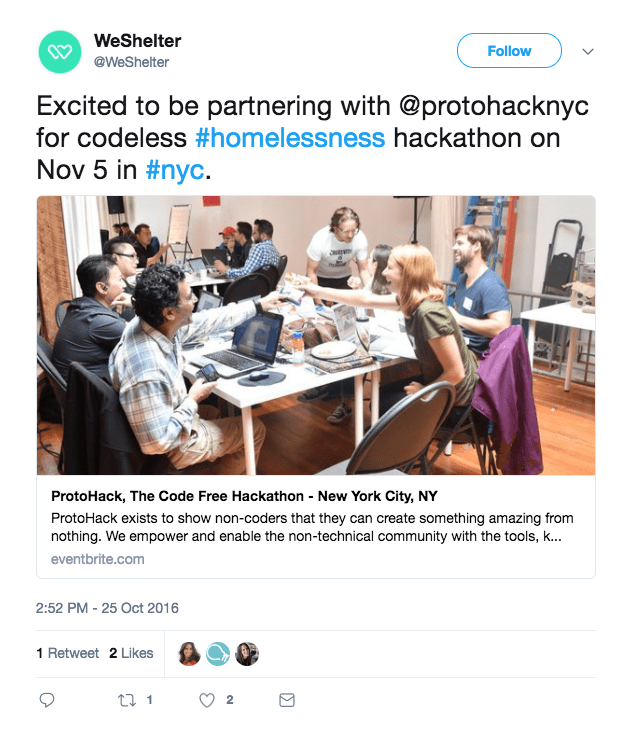
The Problem: Making Helping the Homeless Authentic
The WeShelter app features geolocation that allows users to identify areas of homelessness with the tap of a button so the organization can provide direct assistance and unlock donations to homeless service organizations in the city.
The app could use some help in the following aspects: The new feature “Leaderboard” (individual ranking) didn’t convey a sense of community because many users have found the idea of competing in the context of helping the homeless off-putting. The app also didn’t communicate the impact that users make after they contribute their time and resources.
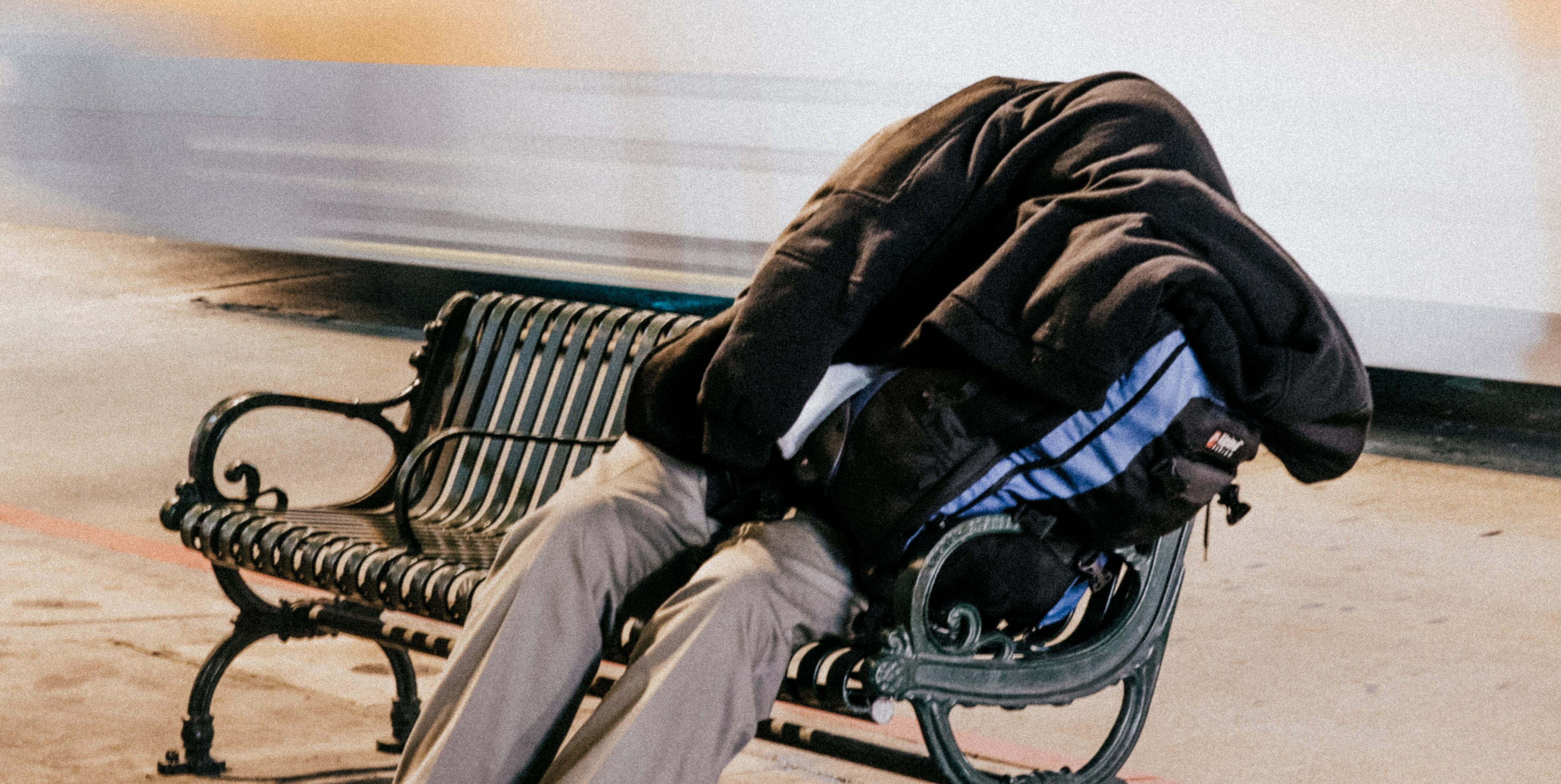
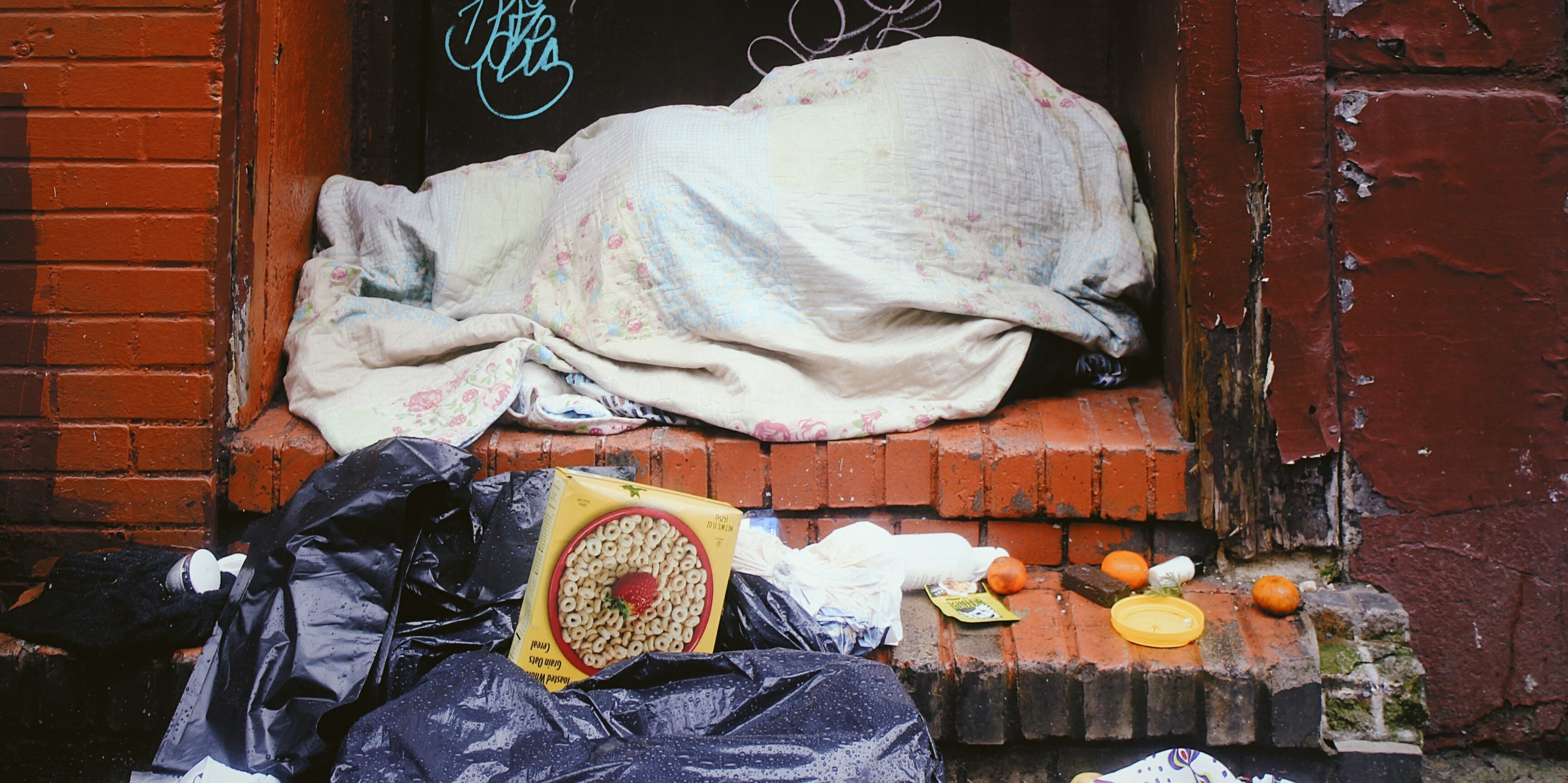
Our Approach: Breaking Down the Process to Build a Solid Team
After reviewing the mission and potential challenges, I joined forces with Bill Masur, Joseph Teblum, and Christina Olinyk. By understanding each other’s backgrounds and strengths, we quickly defined our roles in the process and built a solid team.
From left to right: Bill Masur – Product Manager, Shufei Ma – UX/UI Designer, Joseph Teblum – Seasoned Volunteer, Christina Olinyk – User Researcher.

We started by brainstorming the goals and concept of the app we planned to prototype. We also researched the pain points of the volunteer process. Joseph’s background in volunteer work provided us a better understanding of what challenges and opportunity areas existed. Then, we created low-fi paper prototypes to test with other teams and refine the solutions.
After several rounds, we presented and pitched our Neighborly app to the teams – we placed 2nd place in the Hackathon! 💪
“Neighborly is an app which aims to increase community engagement in philanthropic activities.”
Problem Solved: Design Solutions
The core feature of our app centered around highlighting the social aspect of volunteering. It helps users discover, schedule, and share volunteer opportunities based on the user’s location and desired contribution. Neighborly will identify local organizations accepting donations and shelters in need of essentials such as clothes, food, and skillshare opportunities for mentorship of the needy.
Instead of the individual ranking aspect of the original app, Neighborly helps create a more connected community through friendly group competitions and gamified elements. Below are the wireframes of our app:
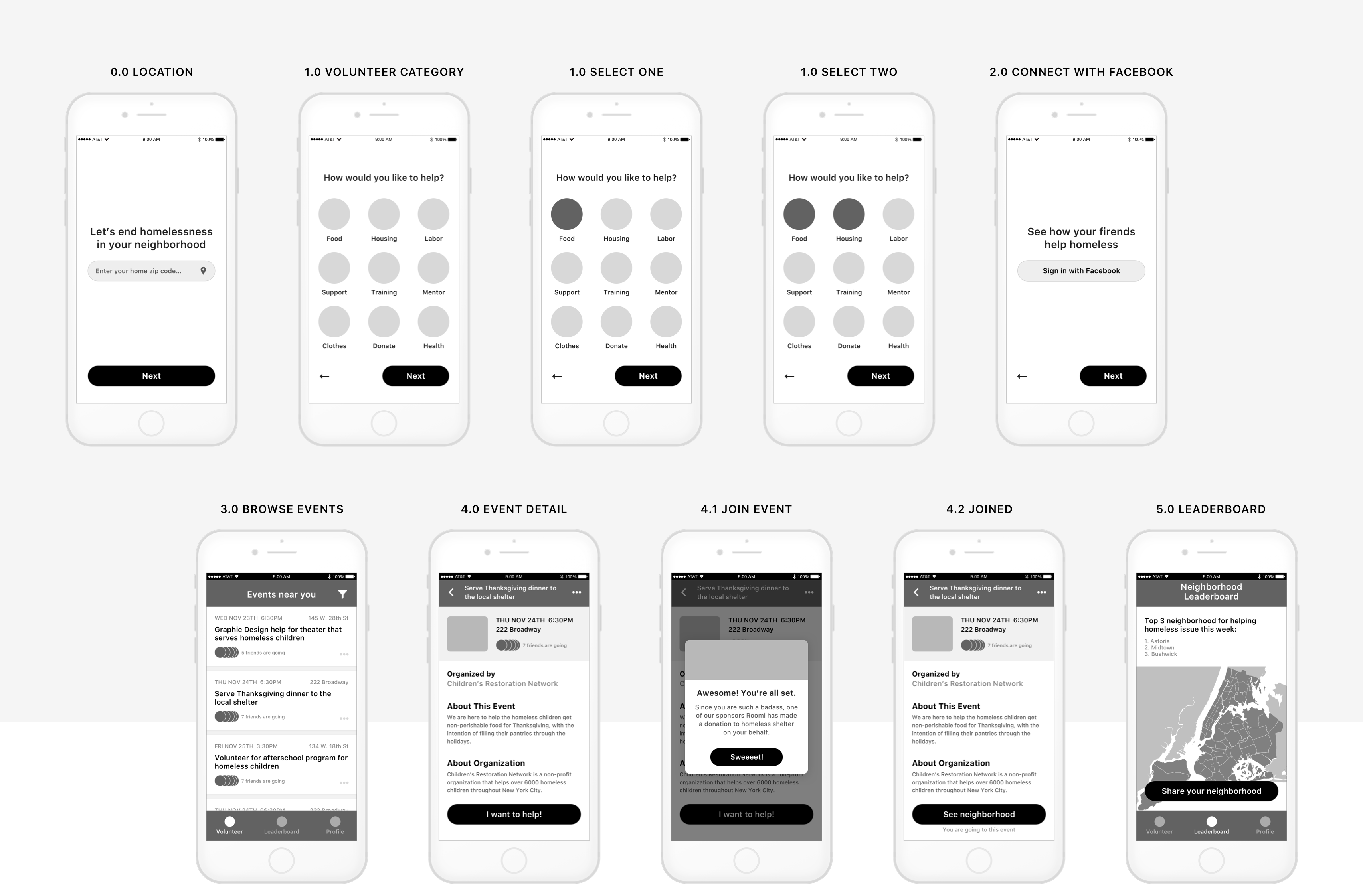
Neighborly Wireframes
Neighborly’s Future: The Results & Takeaways:
Despite the resources and timeframe of the Hackathon being limited while being a skeleton team, I’m proud of what we accomplished in one day. Embracing ideas and feedback from our mentors and teams early in the design process helped us find and validate great solutions faster and more effectively than if we worked alone. Most importantly, we created something meaningful that impacts the greater good – to help address the city’s homelessness issue. Neighborly’s future won’t end here as many teams like ours will continue to fight the good fight and help hack the homelessness epidemic.